Stevens Institute of Technology
Amaury Gutiérrez
During natural disasters, damage in infrastructure often occurs. To measure the level of damage in economic on-site visits are performed. This studies prove to be difficult and expensive due to the adverse conditions often found after such an event.
In this study we research the use of drone imagery and computer vision techniques to automate this task. The purpose is offer a low cost alternative to on-site visits, in which dones can fly into the scene with ease.
Damage Assesment
Problem
We want to develop a method that let us automatically classify the level of damage in pictures taken in areas where natural disasters occur. These pictures might come from different sources such as pictures taken on site, drones or satellite imagery.
State of the Art
Currently it is possible to classify the elements of an image using a large training data set known as ImageNet. It was retrieved as an effort to train Deep Learning algorithms.
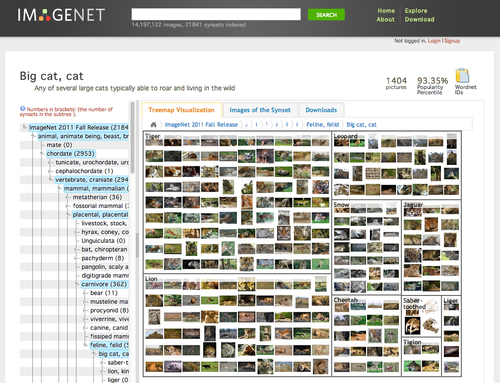
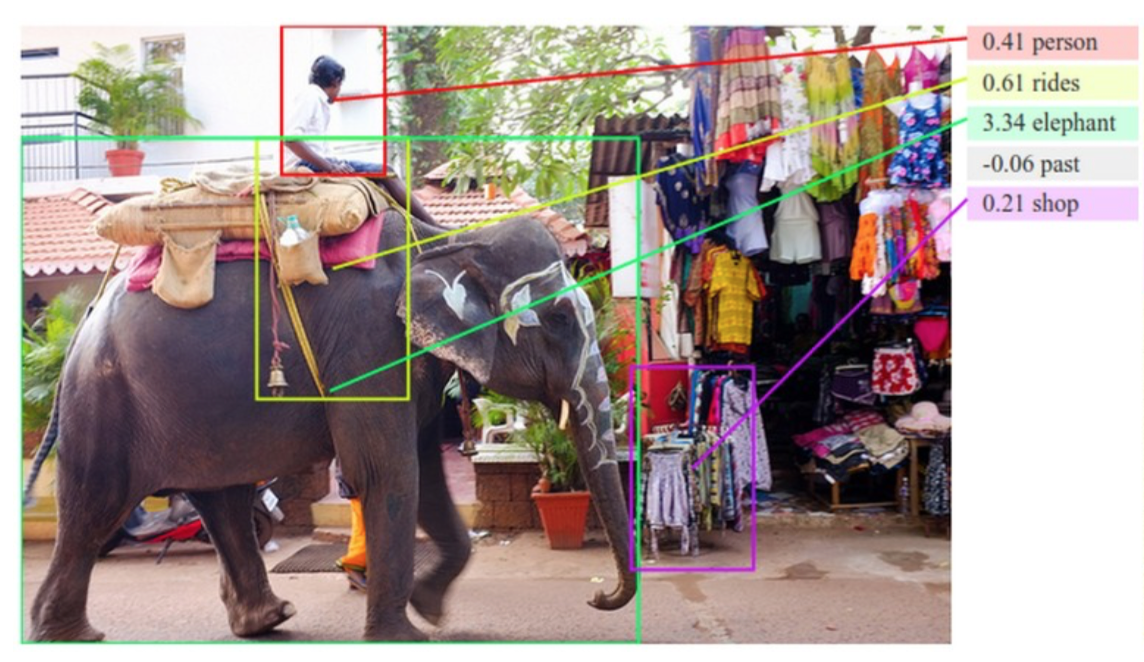
State of the Art
Another goal that has being attained, is to create semantic descriptions of a picture only by inspecting its pixels.
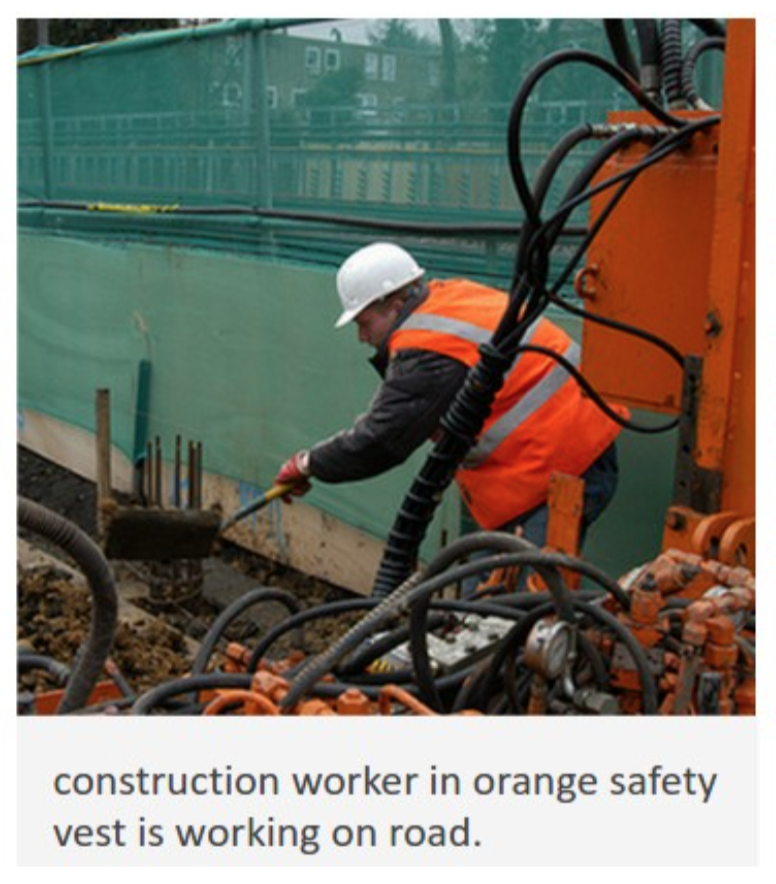
Deep Learning
In order to get these results a specific technique is widely used. Deep Convolutional Neural Networks, create features on the fly to detect and classify elements in images. Using these methods, we hope to be able to detect levels of damage in places where the natural disaster occurred. The downside is that these techniques need a lot of fuel to work, in other words we need several thousand images which are already tagged with the classification of interest.
Deep Learning
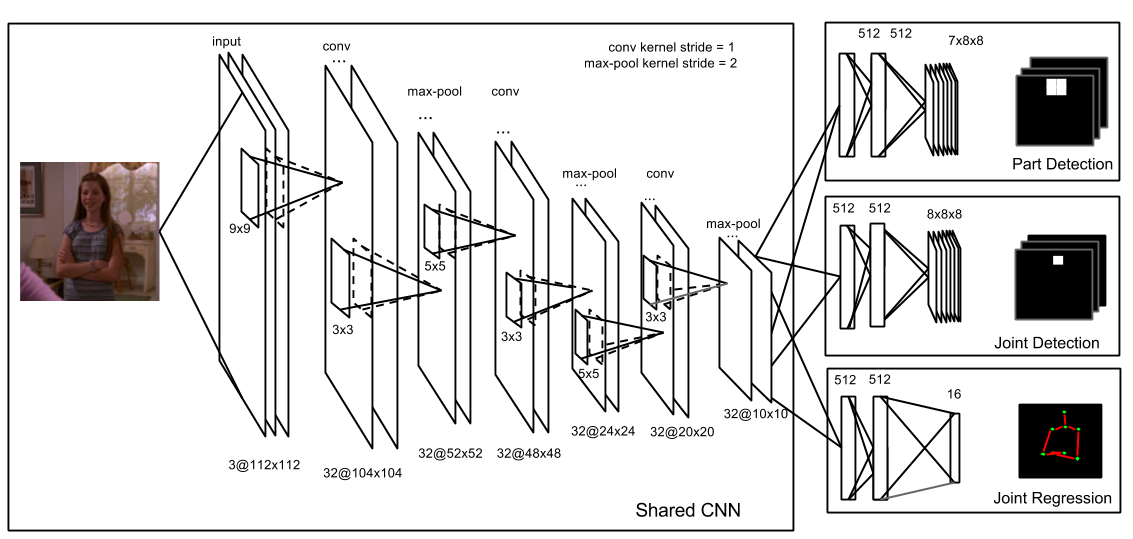
Deep Learning
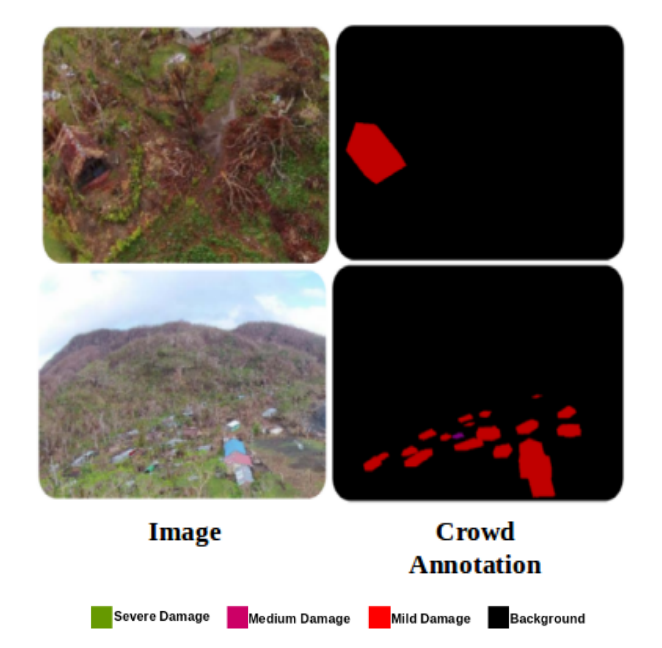
What we want to produce is a pipeline that will be capable of doing the damage assessment in an automatic process.
Deep Learning
| Framework | Advantages | Disadvantages |
|---|---|---|
| Keras | Fast Prototype | Not many pretrained nets |
| Caffe | Well tunned for images | Adding new layers must be done in Cuda C |
| TensorFlow | Own experience | Slow compared to other options |
| cuDNN | No intermediate layers | Very hard to write |
Tensor Flow
- Easy GPU use via nvidia-docker
- Many examples doing similar things
- Available pre-trained models
- Extensive documentation
Transfer Learning
- Transfer learning is the process of using a pretrained neural network and tune it to match a specific problem
- The training of a deep neural network over a huge datasets often takes weeks and many dedicated GPUs
- This technique allows to fine tune a trained net in a fraction of the time with a very small dataset.
- No need to use GPUs if the hardware specs are a constraint.
Information Sources
Text
As we have discussed before, we need a large source of images that preferably are already tagged and classified to use as training data. We hope to get access to a large image database provided by the Red Cross. We established contact with CENAPRED (National Center for Disaster Prevention) and FONDEN (Natural Disaster Fund Trust).
Best Case
The available information from public sources is enough.
Students can help to manually tag the images.
Worse Case
Images can be extracted from the web using a crawler
Image can be tagged using crowdsourcing or services like Amazon Turk
Scenarios
A proposal in case that the image database is not already tagged is to manually tag the images using crowdsourcing efforts. In order to do so, we propose a web application that shows the images and lets the user to choose a classification.
Scenarios
Hurricane Sandy
http://storms.ngs.noaa.gov/storms/sandy/
Pixel resolution: 35cm
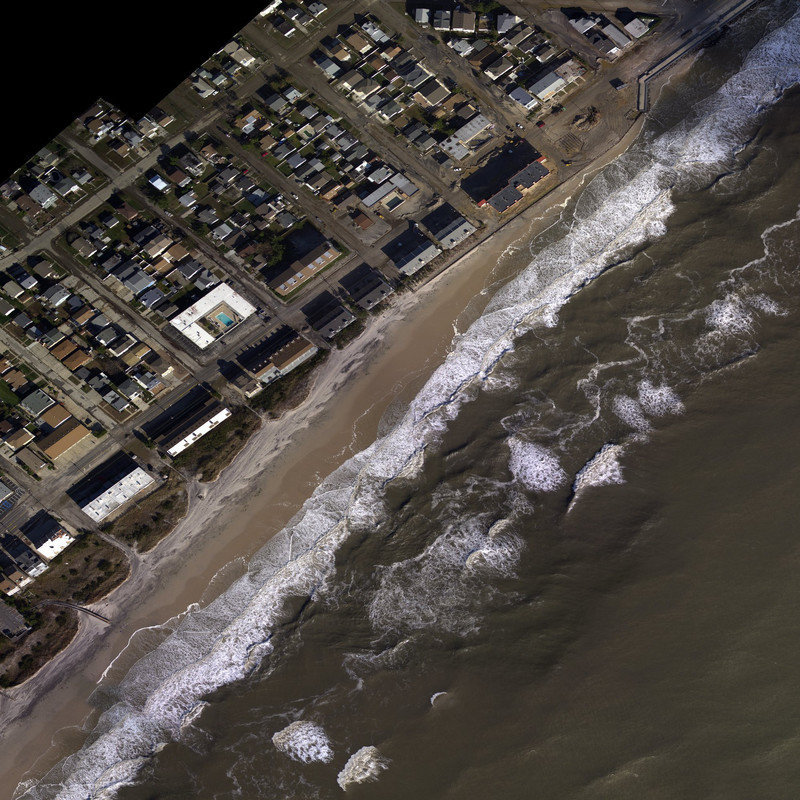
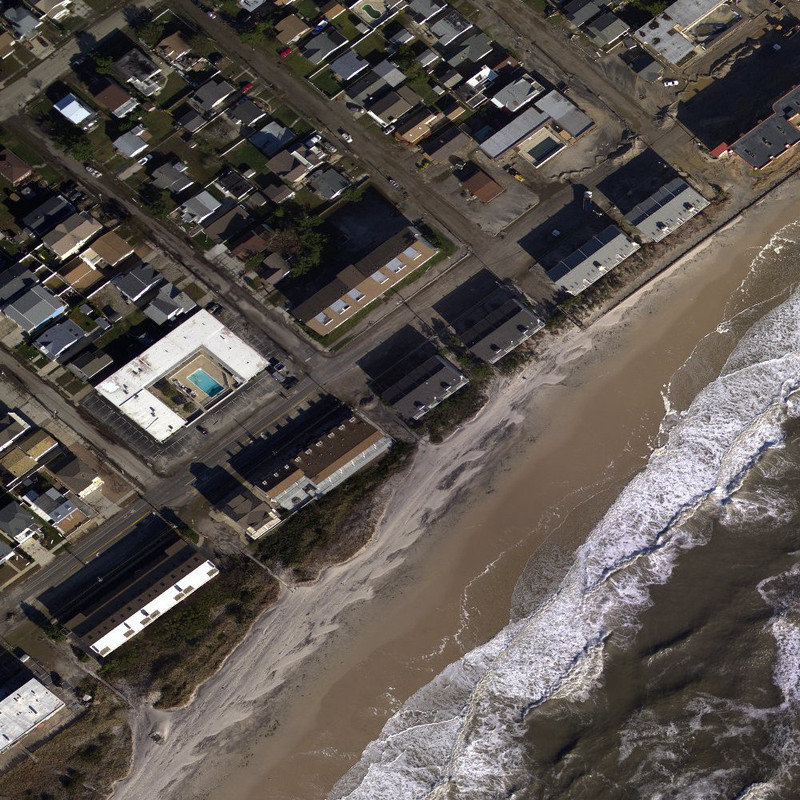
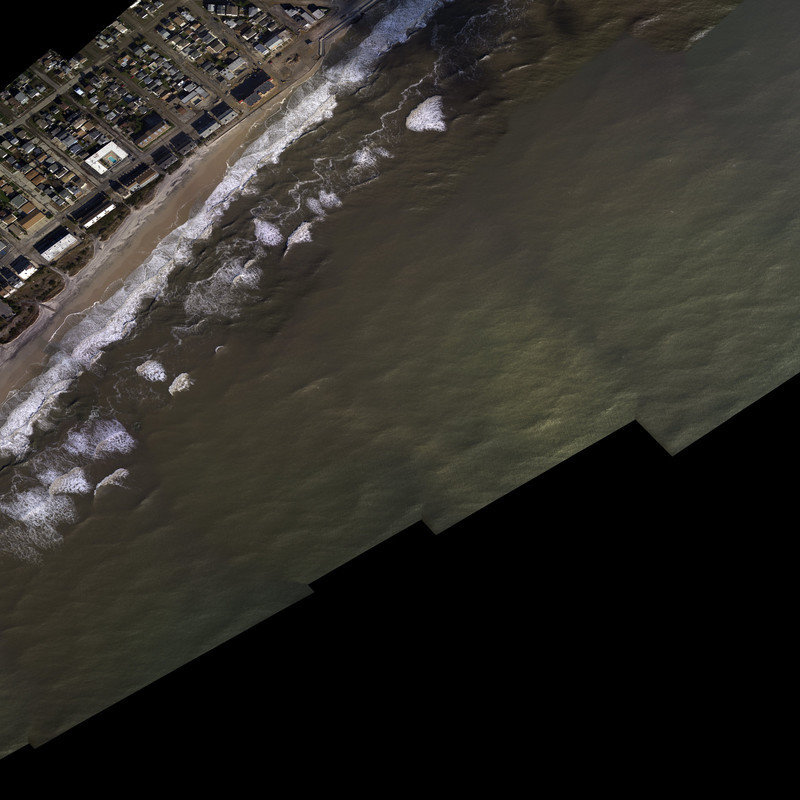
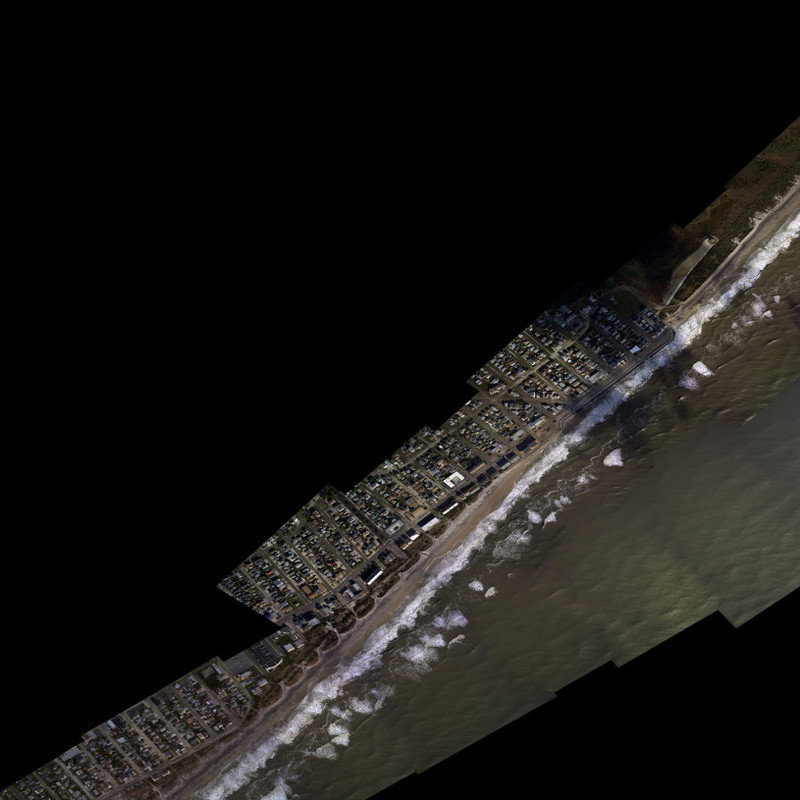
Manual Tagging

References
Nazr-CNN: Object Detection and Fine-Grained Classification in Crowdsourced UAV Images N. Attari and F. Ofli and M. Awad and J. Lucas and S. Chawla Qatar Computing Reserach Institute Hamad bin Khalifa University {nattari, fofli, mawad, jlucas, schawla}@qf.org.qa
https://www.mapbox.com/blog/jakarta-flooding-map/
Text
Categorizing natural disaster damage assessment using
satellite-based geospatial techniques S. W. Myint, M. Yuan, R. S. Cerveny, and C. Giri Natural Hazards and Earth System Sciences
Deep Visual-Semantic Alignments for Generating Image Descriptions Andrej Karpathy Li Fei-Fei
Very Deep Convolutional Networks for Large-Scale Image Recognition
K. Simonyan, A. Zisserman
arXiv:1409.1556
References
Text
CNN Features off-the-shelf: an Astounding Baseline for Recognition Ali Sharif Razavian Hossein Azizpour Josephine Sullivan Stefan Carlsson CVAP, KTH https://arxiv.org/pdf/1403.6382.pdf